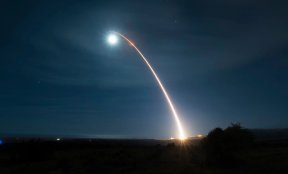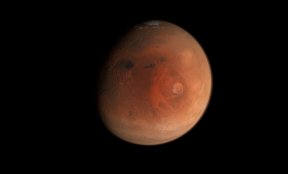Whenever we talk about dark matter, the conversation includes a fair amount of uncertainty. For one thing, there are competing theories that question the very existence of dark matter. For another, we've been looking for it for decades and have come up with precisely nothing. Dark matter is thought to account for 85% of all the matter in the Universe, and although we've built several incredibly innovative and technical experiments to detect it, we've not even got one detection to show for it.
While there is plenty of observational evidence for the existence of dark matter, figuring out what it really is when we can't detect it is proving to be extremely difficult. It might be WIMPs (weakly interacting massive particles) or it might be SIMPS (strongly interacting massive particles). Maybe it's a wave, or maybe it's more like a particle. Perhaps what we are seeing is not a physical phenomenon at all and is just the result of gravity working a little bit differently on the outskirts of galaxies.
It does need to be said though that assuming dark matter exists makes it very easy to explain a lot of what we see in the Universe. Galaxy rotation curves? Dark matter, although a modified gravity also works. Gravitational lensing? Dark matter works out of the box, but maybe with a lot of imagination we can manipulate our theories on gravity enough to use them as well. The cosmic microwave background? Well, we're going to need dark matter for that one.
But this is complicated. New research appears regularly purporting to solve one or the other problem without resorting to using an explanation requiring dark matter, but they rarely maintain much traction over a period of years. Until a better theory comes along, one that can explain all the phenomena that dark matter seems to, it remains our best description of reality.
Now, assuming that dark matter exists, it’s probably everywhere. It would have been created in the Big Bang (or maybe in the dark Big Bang, but that's a story for another time). Maybe it managed to clump together like normal matter does to form dark stars (stars made of dark matter). In 2023 the James Webb Space Telescope did spot some things that looked a lot like what a dark star might look like in the early universe. But things might be even weirder than that. There could be dark galaxies. And some recent research claims to have found one.
The thing is, it's hard to say with any certainty that something is a dark galaxy because we can’t really see them (they are dark after all). What we can see is that they look like giant gas clouds, as big as a galaxy, but without any stars. So, you can say you found a dark galaxy, and it's hard to prove, but it's also kind of difficult to disprove.
In the past, most dark galaxies have turned out to be – you'll never guess – giant gas clouds. Where does that leave us on the recently discovered dark galaxy? The evidence for it doesn't stack up too well, but it also can't be ruled out.
Anyway, I would normally say at this point that this research will be interesting to follow, and it'll be fascinating to find out what this discovery really is. But there's every chance this story will just fade away... A bit like a giant gas cloud in space.





